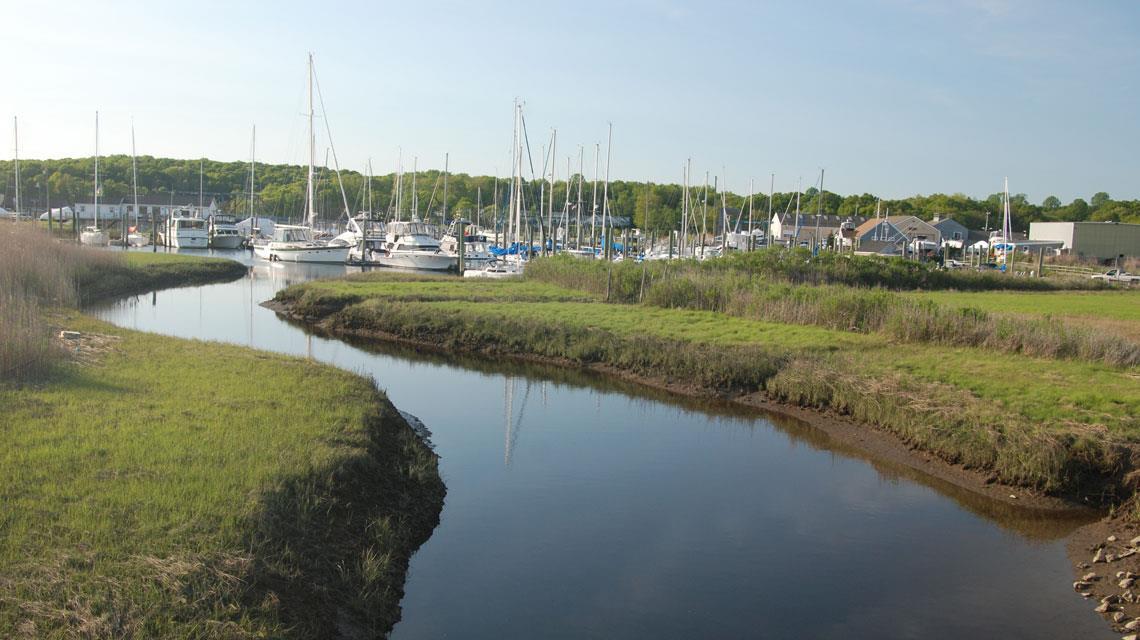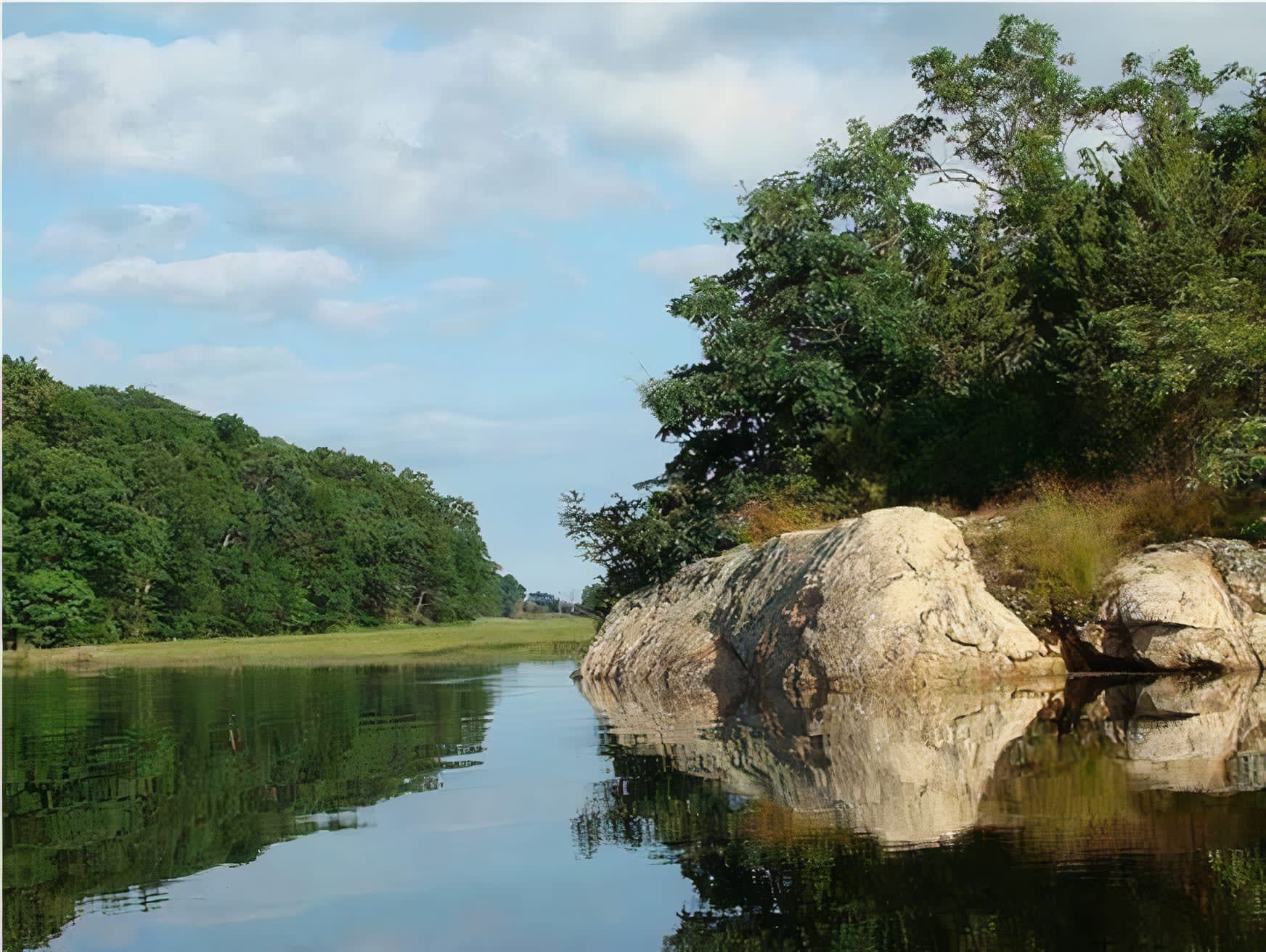Welcome to Westbrook

The Connecticut Shoreline at It’s Best
Anchored to the sea by its twin rivers, the Menunketesuck to the west and the Patchogue to the east, Westbrook makes the most of its 4 miles of shorefront. A good stretch of this prime real estate is publicly owned and/or protected, so human as well as furred and feathered creatures can enjoy a taste of the sea in this quiet community. Settled in 1638 as the Pochaug, or Patchogue, a section of Saybrook plantation, Westbrook was renamed in 1810 and incorporated as a separate town in 1840.
Shipbuilding was the primary industry here until the age of the steamship and the railroad, and the manufacture of staves and heads for use in hogshead barrels made sure that colonial goods bound for the West Indies arrived safely. It was through the genius of one of her native sons that Westbrook contributed most to maritime history. David Bushnell, born in Westbrook about 1742, set aside his wages until he had saved enough to enroll in Yale College at the age of 31. During his last year as a student there, he invented the submarine and brought it back to Saybrook to test it.

Completed in 1776, Bushnell’s wood-and-steel American Turtle was a hand-powered one-man ship that submerged when its ballast tanks were filled with water. Used in an unsuccessful attempt to attach a torpedo mine to the belly of the sixty-four-gun British man-of-war Eagle in New York Harbor during the Revolution, the submersible vessel was the forerunner of the modern-day submarine.
Today the United States center of submarine production has moved eastward to Groton, and the vessels plying the waters of Westbrook are mostly pleasure craft and fishing boats. The ripple of sails and the chatter of lines teasing at spars are the sounds to steer by if you want to find the best parts of Westbrook.
Today the United States center of submarine production has moved eastward to Groton, and the vessels plying the waters of Westbrook are mostly pleasure craft and fishing boats. The ripple of sails and the chatter of lines teasing at spars are the sounds to steer by if you want to find the best parts of Westbrook.
